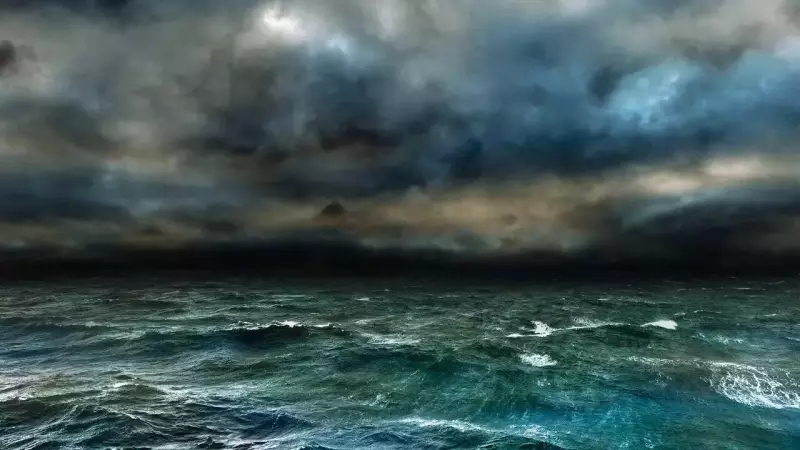
A seemingly mild weather system in the Arabian Sea has inflicted more damage on Goa than a typical cyclone, triggering the state's fifth wettest post-monsoon season in 125 years. The event, characterized by its alarming proximity to the coast and unusual week-long persistence, resulted in a massive rainfall surplus of 143.9%, causing severe disruptions to tourism and agriculture.
The Unrelenting Downpour: A Timeline
The extreme weather event began as a low-pressure area on October 19. It quickly intensified into a depression, and while it never developed into a deep depression or cyclonic storm, its impact was profound. The system generated a staggering over 330mm of rainfall, with more than 280mm of this deluge occurring in a concentrated four-day period.
This contributed to a total post-monsoon season rainfall of 435.6mm, a figure that places this season as the fifth wettest in Goa since records began 125 years ago. The depression's trajectory brought it within 380km of Panaji, its closeness to the shoreline being a critical factor in the devastation.
Economic and Agricultural Havoc
The consequences for Goa's economy were immediate and severe. The prolonged rainfall significantly delayed key tourism activities, dealing a blow to the state's vital industry. Events like Oktoberfest were disrupted, leading to financial losses.
"Even a small depression can create havoc or disturb a gamut of social activities like Oktoberfest causing losses in a small state like Goa," stated M R Ramesh Kumar, retired NIO chief scientist.
The agricultural sector suffered even more direct damage. Paddy crops across the state were flattened by the abnormal and intense rainfall. Sandeep Fol Dessai, the agriculture director, confirmed the severity, noting, "The depression lasted very long and all talukas were hit. Some farmers have claimed loss of their entire crop." The agriculture department is currently assessing the full extent of the crop damage.
The Climate Change Connection
Scientists point to a dangerous cocktail of weather phenomena and long-term climate trends as the cause for this unusual event. According to M R Ramesh Kumar, the devastating rainfall over Goa was due to the combo effect of two convective systems—the depression in the Arabian Sea and the formation of a severe cyclonic storm in the Bay of Bengal.
This unusual weather event is seen as part of a more significant pattern linked to extreme climate change conditions observed since 2019. A key driver is the rising sea surface temperatures in the north Indian Ocean, which includes both the Arabian Sea and the Bay of Bengal. These warmer waters are increasingly creating cyclogenetic conditions, making such intense and persistent weather systems more likely.
This incident in Goa coincided with Cyclone Montha, which, after making landfall in Andhra Pradesh, caused significant damage and loss of lives in Odisha and parts of Tamil Nadu, highlighting a season of intense weather activity across the Indian subcontinent.





